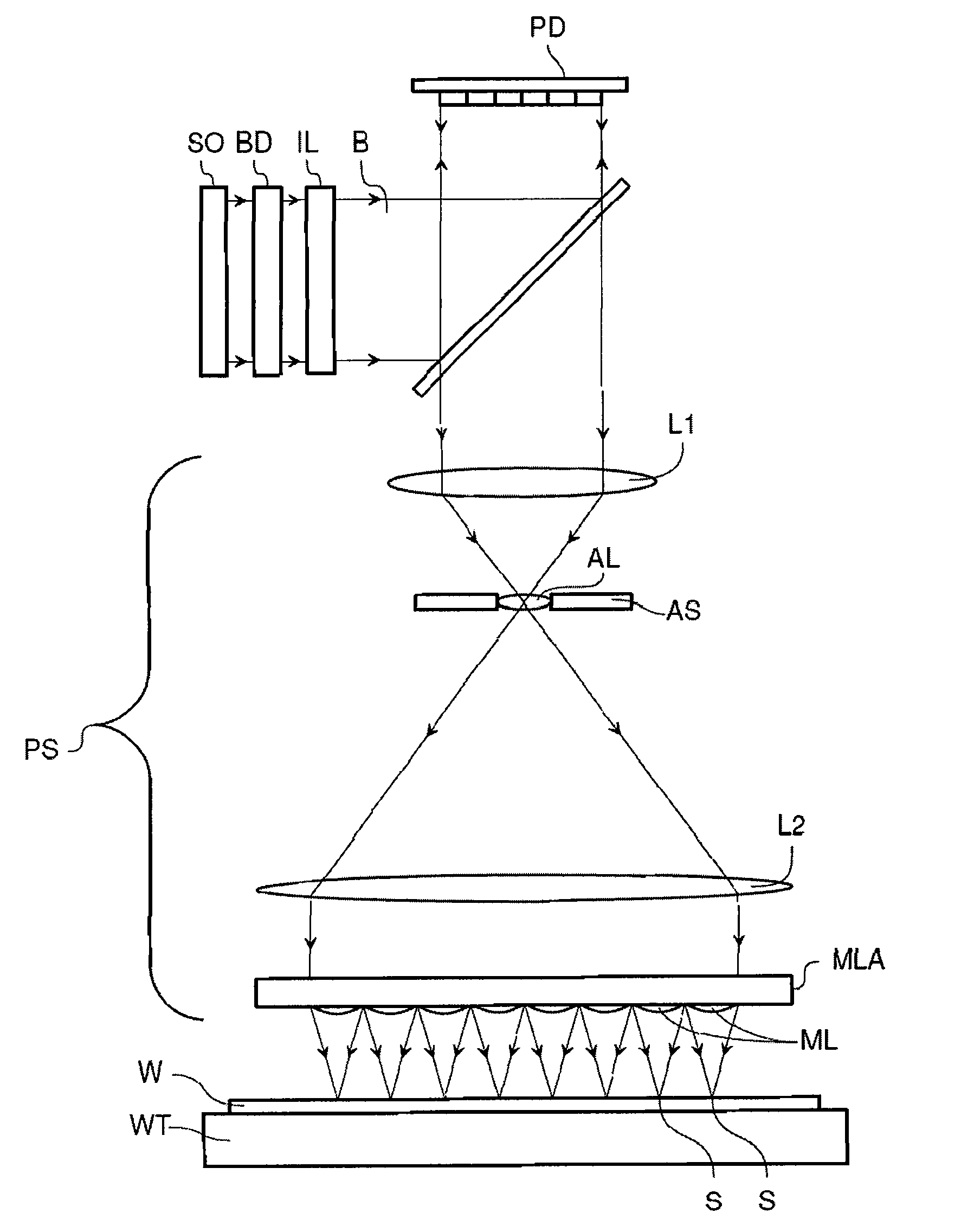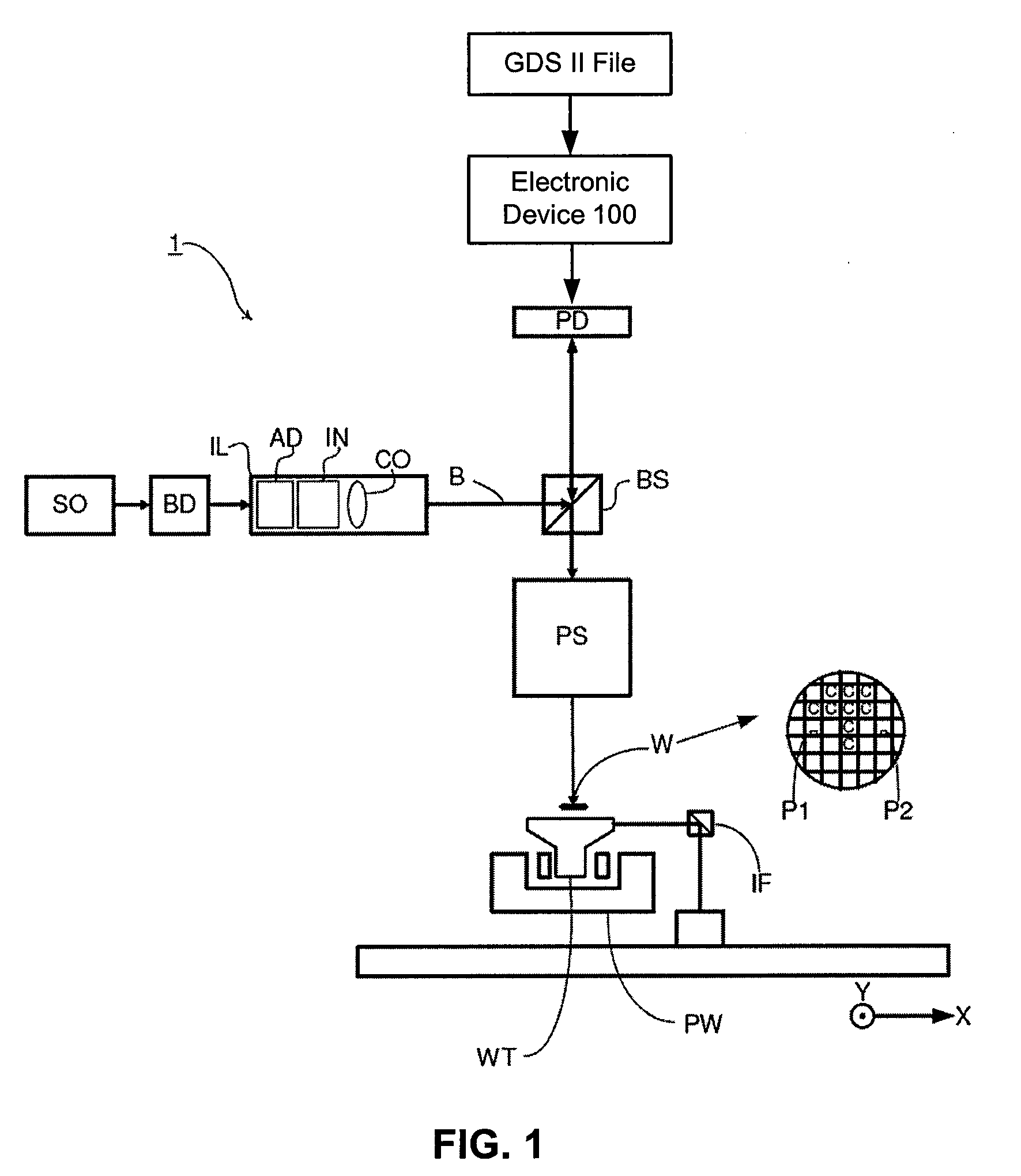Securing Authenticity of Integrated Circuit Chip
a technology of integrated circuit chips and authenticity, applied in the field of lithographic equipment, can solve problems such as tampered final ic, ic's made in semiconductor foundries are vulnerable to tampering, and unexpected failures in the field use of ic's, so as to improve the trust level of ic and achieve greater customer interest and support
- Summary
- Abstract
- Description
- Claims
- Application Information
AI Technical Summary
Benefits of technology
Problems solved by technology
Method used
Image
Examples
example embodiments
[0081]Generally, a system and method are provided for non-destructively testing an IC device manufactured at a foundry. For example, an integrated circuit chip may be securely fabricated at an untrusted foundry by later verifying authenticity of the integrated circuit chip based on a valid usage of an original source code file associated with a semiconductor manufacturing process of the integrated circuit chip. The integrated circuit chip may be authenticated by matching a first set of unique daughter codes generated during fabrication with a second set of unique daughter codes generated independently by some entity other than the foundry. In this way, a trusted electronics integrator may compare the first and second unique daughter codes to nondestructively determine whether the integrated circuit chip is a trusted device or a tampered device.
[0082]FIG. 4 depicts an exemplary general flowchart for transferring a set of daughter codes as pattern(s) onto one or more physical area(s) ...
PUM
 Login to View More
Login to View More Abstract
Description
Claims
Application Information
 Login to View More
Login to View More - R&D
- Intellectual Property
- Life Sciences
- Materials
- Tech Scout
- Unparalleled Data Quality
- Higher Quality Content
- 60% Fewer Hallucinations
Browse by: Latest US Patents, China's latest patents, Technical Efficacy Thesaurus, Application Domain, Technology Topic, Popular Technical Reports.
© 2025 PatSnap. All rights reserved.Legal|Privacy policy|Modern Slavery Act Transparency Statement|Sitemap|About US| Contact US: help@patsnap.com



